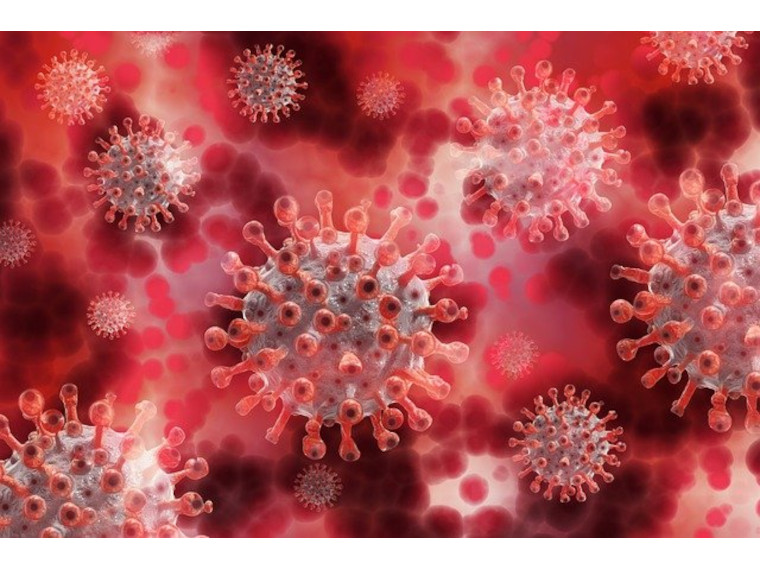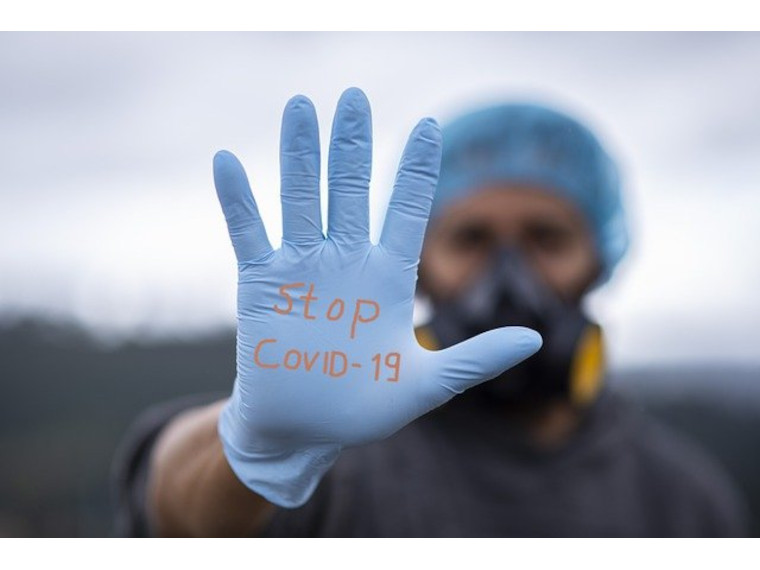Image by fernando zhiminaicela from Pixabay
Written by Tanya Terry
As COVID cases continue to rise, E. Yvonne Lewis, moderator of the Healthy Flint Research Coordinating Center’s Flint Community Webinar, said she wanted to figure out how the number of individuals dying because of the virus could be reduced during the webinar.
In addition, Irving Vega, PhD, pointed out the burden of COVID-19 has been felt disproportionately in communities of color. Vega presented a slide from the Kaiser Family Foundation (KFF) which illustrated overall that Blacks, American Indians and Hispanics showed more cases, more hospitalizations and more deaths than whites in the U.S.
“At the level of the state in Michigan, if we look at what happened early on in 2020, we saw early on that national dispropotional relationship in terms of the burden of COVID-19 represented or affected our communities of color in Michigan,” Vega added.”…In the east side, more of the Black community, and in the west side, more of the Latino community.”
Vega also emphasized communities of colors also have different diseases that are dispproportionately represented in our communities, such as diabetes, high cholesterol (hyperlipidemia), asthma and Alzheimer’s disease.
“Disproportionality of COVID-19 in our communities of color is not because our biology makes us more susceptible to be infected by this virus, but we are generally different from any other group and that’s why we are more affected rapidly or getting the disease worse,” Vega stated.

Vega gave structural racism as the reason for this. This can include the difficulty to access healthcare and the fact people of color tend to be more represented in the service or food industry and are catalogued as essential workers. Therefore, many people of color never have the privilege to work from home and they had more exposure to the virus.
Contagiousness of COVID-19 is changing. The original virus, on average, would affect one to three people from an infected individual, according to data provided by Dr. Jack Lipton, chair of MSU’s Department of Translational Neuroscience. Alpha, being more transmissible, would likely affect four to five people. Delta would affect six to seven people. Omicron, the newest variant, has two main subvariants: BA1, which affects seven to ten people and BA2, which affects eight to twelve people.
Dr. Rick Sadler, PhD, MPH, with the MSU Division of Public Heath, presented a new trend. More of the Black population in the Genesee County suburbs are started to be more affected. These areas could include Hamady, Beecher and Grand Blanc, among other suburban areas. The rate of Blacks being affected in the out county is 3 to 3 1/2 times higher than the rate of Black residents in Flint.
Dr. Pamela Hackert, Genesee County’s medical health officer, stated at the webinar that mask wearing can reduce intensity of the virus when it is spread because there is a lower viral load coming though. She also suggested sleep, healthy eating, exercise to help build a healthy immune system and healthy weight can all help a person protect himself or herself from COVID-19.
COVID-19 vaccines are effective at preventing infection, serious illness and death.
See the Flint Courier News for places to get vaccinated.


